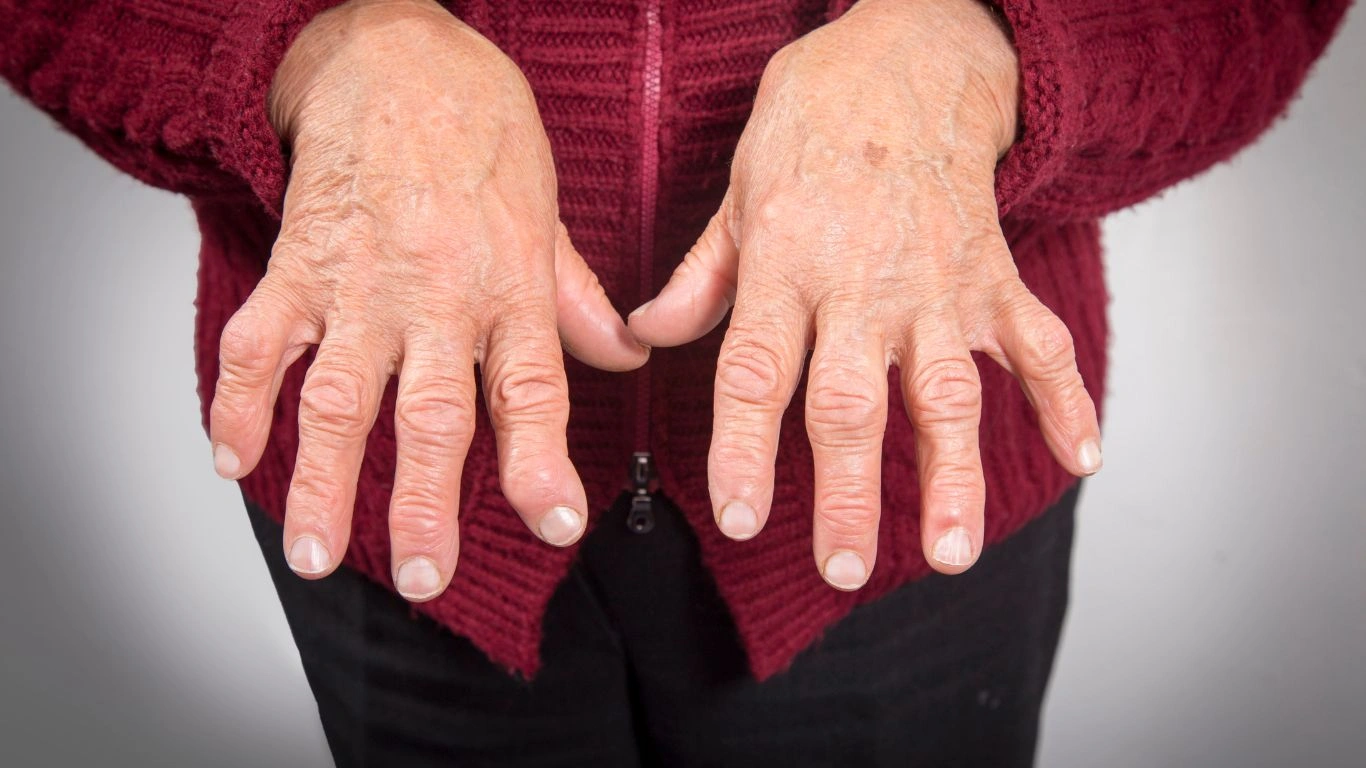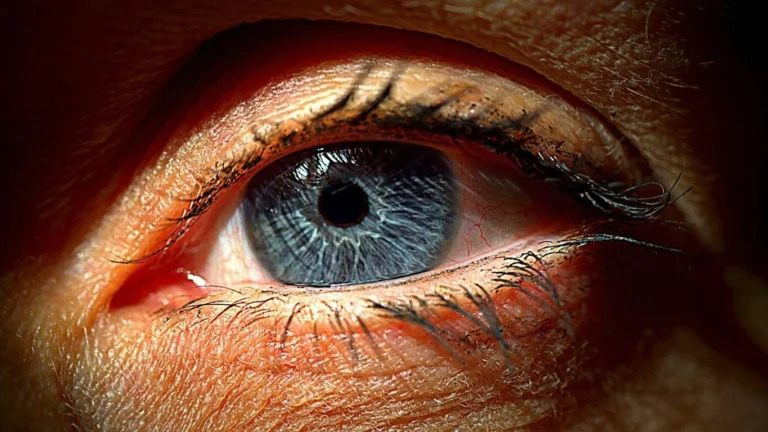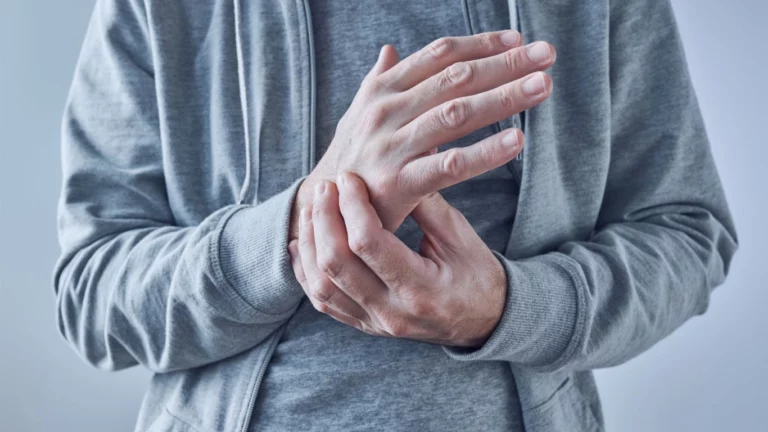Understanding Rheumatoid Arthritis: Causes, Symptoms, and Treatment
Rheumatoid arthritis (RA) can feel overwhelming when you’re first diagnosed, but understanding the basics about what causes it, how it shows up, and the options for managing it can make a world of difference. Let’s break it down together.
If you’re dealing with RA—or suspect you might be—it’s natural to have tons of questions. What’s causing your joints to feel stiff or achy? Is there a way to manage the pain? The good news is, while RA is a chronic condition, there are tons of ways to manage symptoms and lead a fulfilling life. In this guide, we’re diving into the causes, symptoms, and treatment options for rheumatoid arthritis, step by step.
What Is Rheumatoid Arthritis?
RA is more than just regular arthritis—it’s an autoimmune condition. That means your immune system, which usually protects you from things like bacteria and viruses, gets confused and starts attacking your own tissues, especially the lining of your joints. Over time, this can lead to inflammation, pain, and even joint damage.
Think of it like a case of mistaken identity. Your immune system thinks your joints are the bad guys and goes into attack mode, causing all those frustrating symptoms.

Causes of Rheumatoid Arthritis
So, why does this happen? The exact cause isn’t fully understood (yet), but here are some factors that seem to play a role:
1. Genetics
If RA runs in your family, you might have a higher chance of developing it yourself. Certain genes can make you more prone to autoimmune conditions.
2. Environmental Triggers
Some things in your environment—like smoking or certain infections—can trigger RA in people who are already genetically predisposed.
3. Hormones
Interestingly, RA is more common in women than men, leading experts to believe hormones might have something to do with it.

Symptoms of Rheumatoid Arthritis
RA isn’t just about joint pain—it’s a whole-body condition. Here’s what to watch for:
1. Joint Pain and Stiffness
This is the big one. RA often starts in the smaller joints, like your fingers and toes, and can spread to larger ones over time.
2. Fatigue
Feeling exhausted, even after a good night’s sleep? Fatigue is a common RA symptom and can be just as tough to manage as joint pain.
3. Swelling and Warmth
Joints affected by RA often look swollen and feel warm to the touch.
4. Morning Stiffness
If you’re finding it hard to get moving in the morning, RA could be the reason.

Treatment Options for Rheumatoid Arthritis
Managing RA is all about reducing inflammation and preventing joint damage. Here are the main approaches:
1. Medications
RA meds can be a game-changer. They range from over-the-counter pain relievers to prescription drugs like:
- NSAIDs: Reduce pain and swelling.
- DMARDs (Disease-Modifying Anti-Rheumatic Drugs): Slow down RA’s progression.
- Biologics: Target specific parts of the immune system.
2. Physical Therapy
Working with a physical therapist can help keep your joints flexible and reduce stiffness.
3. Lifestyle Changes
Making small changes—like eating an anti-inflammatory diet, quitting smoking, or incorporating low-impact exercises like yoga—can have a big impact.
4. Surgery
In severe cases, surgery might be an option to repair or replace damaged joints.

Living with Rheumatoid Arthritis
Managing RA isn’t just about treatments—it’s about finding what works for you. Building a support system, staying active within your limits, and learning to listen to your body are key. Remember, it’s okay to have bad days, and it’s okay to ask for help.
Appendices
FAQs
- What’s the difference between rheumatoid arthritis and osteoarthritis? RA is an autoimmune condition, while osteoarthritis is caused by wear and tear on your joints over time.
- Can RA go into remission? Yes! With the right treatment plan, many people experience periods where symptoms improve or even disappear.
- What’s the best diet for RA? An anti-inflammatory diet rich in fruits, veggies, whole grains, and healthy fats (like those in fish and nuts) is often recommended.
- Is exercise safe with RA? Absolutely. Low-impact activities like swimming or tai chi can help keep your joints flexible without putting too much stress on them.
- How is RA diagnosed? A combination of blood tests, imaging (like X-rays), and a physical exam is usually needed to confirm RA.
References
- National Rheumatoid Arthritis Society. (2024). Living with RA: A Guide to Symptoms and Treatment. https://www.nras.org.uk
- American College of Rheumatology. (2023). Understanding RA. https://www.rheumatology.org
- Mayo Clinic. (2023). Rheumatoid Arthritis Overview. https://www.mayoclinic.org
Disclaimer: This article is for informational purposes only and not a substitute for medical advice. Always consult a healthcare professional for diagnosis and treatment recommendations tailored to your specific needs.

Tarra Nugroho is a dedicated Nurse Practitioner with a strong foundation in family and preventive care. She brings both compassion and clinical expertise to her practice, focusing on patient-centered care and health education. As a contributor to Healthusias.com, Tarra translates medical knowledge into clear, empowering articles on topics like women’s health, chronic disease management, and lifestyle medicine. Her mission is simple: help people feel seen, heard, and informed—both in the clinic and through the content she creates. When she’s not caring for patients, Tarra enjoys weekend hikes, plant-based cooking, and curling up with a good health podcast.






